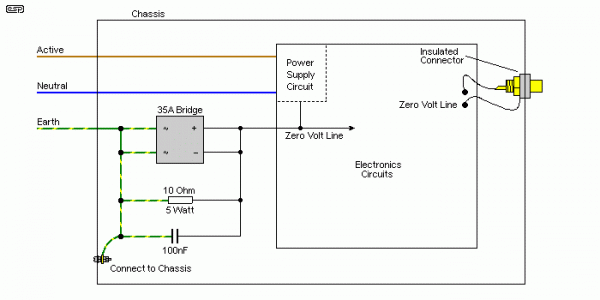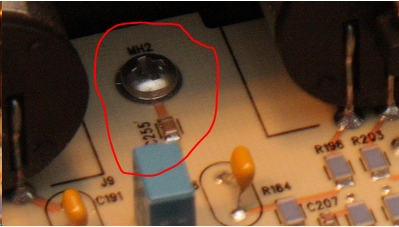As for standards, Neil Muncy (RIP) wrote this paper in 1995:
"Noise Susceptibility in Analog and Digital Signal Processing Systems"
NElL A. MUNCY, AES Member
(you will have to do a web search, because it has no permanent URL )
It became known as the 'pin 1 problem'.
*********************************
About 10 years later the paper was refined into Audio Engineering Society standard AES48.
More on the 'pin 1 problem':
Pin 1 Revisited
http://www.audiosystemsgroup.com/Pin_1_Revisited.pdf
Pin 1 Revisited -- Part 2
http://www.audiosystemsgroup.com/Pin_1_Revisited_Part_2.pdf
About 50 more good Jim Brown papers & Power Points:
http://www.audiosystemsgroup.com/publish.htm
I'm very familiar with the pin 1 problem as we made the world's first balanced line preamps offered to audiophiles.
Ralph,
I've no doubt that a system comprised exclusively of your components would be ground loop/noise free, even with single ended connections. But you don't make digital components, and many less discerning folks might find such an approach limiting....
As DaveC and Speedskater said, there are no AES standards for single ended connections, and given that, trying to resolve responsibility between vendors is a finger pointing pissing contest.
Ideally, minimizing the loop impedance of the safety ground(s) via a single mains circuit, or minimizing that path impedance with a local multi-circuit sub panel works like a charm.
The solution provided by Ayre and Convergent Audio Technology (I use a CAT SL-1) of providing a 3 pin IEC inlet on their non Class II ETL tested components and leaving the ground floating is IMO, at minimum, less than optimal.
Balanced/technical power limits the cancellation of inductive and capacitive coupling to the chassis/safety earth only to the extent of the symmetry of that coupling. IMO, much of the benefit of powering ones whole system via a balanced mains transformer, beyond whatever low pass filtering also provided, is the same minimal loop impedance as a single circuit or sub panel multi-circuit power delivery
It would be nice if manufacturers only connected the signal ground to the safety ground at a single component, typically the preamp, as recommended by the late Dan Banquer. This works quite well, but it requires mucking about with the circuity, if not implemented by the manufacturer.
Single ended inputs could be dealt with via differential circuity, transformers, discrete, or ICs like the THAT 1200, INAxxx or THS fully differential circuits that provide substantial CMRR, even with unbalanced impedances.
And finally, there are ground loop breakers, which placed between a signal ground and the safety ground, can deal with a multitude of sins... Then again, this requires incorporation into the circuity of a component.
http://sound.westhost.com/earthing.htm
Universal harmonization of electrical codes, requiring GFCIs on all mains circuits, allowing the ditching of the problematic safety ground is better left to another discussion.
FWIW,
Paul
In a nutshell, this is an easy problem to sort out. First: the chassis should be tied to the ground pin of the AC cord no if ands or buts.
Second: the circuit ground is not the chassis. A connection is made between the two with an impedance high enough to render ground loops impossible. Rectifiers are handy to cause fuses to blow if there is a serious problem.
Generally speaking in audio circuits if the chassis is used as a ground return it will be noisier (and higher distortion) due to internal ground loops so there is good reason to separate chassis and circuit grounds.
Third: Balanced and single ended systems are inherently incompatible. Balanced systems may have pin 1 tied to chassis, as no ground currents will be present. However! if you wish to use the two together (single-ended and balanced) that's when you get into transformers and the like. We solve the problem by employing the same practice for grounding as for single-ended outlined above; at any time the chassis can be connected to pin one should compliance with AES48 be required.
If your equipment employs these or similar grounding techniques it will be immune to ground loops and fancy grounding systems will yield no further improvement. It really is that simple.








